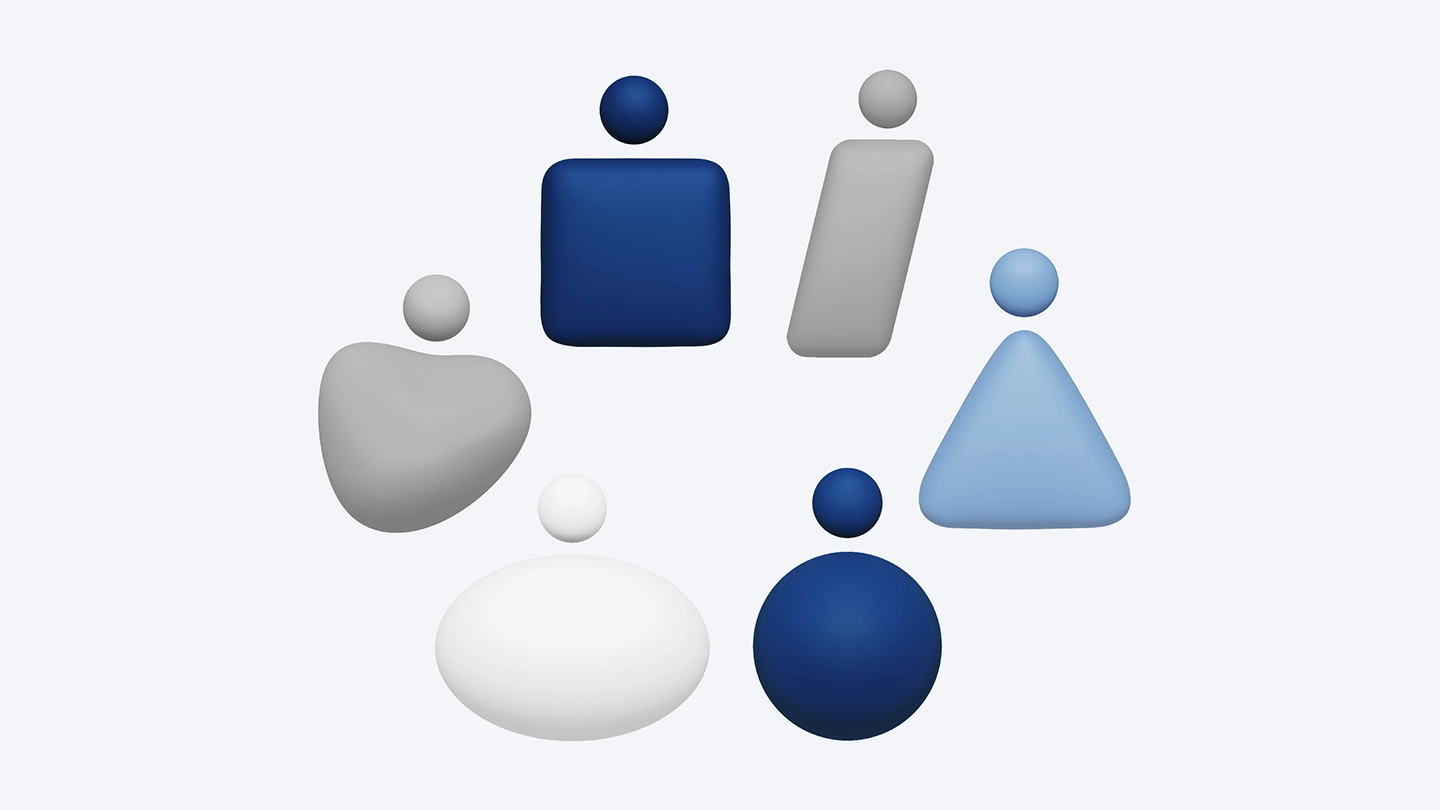Visionary Initiatives and co-creation of future societies — the 50th Kuramae Science and Technology Seminar
On October 18, the Tokyo Tech Alumni Association, an alumni organization representing graduates from the science and engineering fields of the Institute of Science Tokyo (Science Tokyo), held the 50th Kuramae Science and Technology Seminar under the theme “Shaping a Better Future through Science — Toward a Better Life, a Better Society, and a Better Planet.” Approximately 250 participants, including alumni, members of the public, students, and faculty, gathered at both onsite at Kuramae Hall and online.
The seminar featured program directors (PDs) of Science Tokyo’s Visionary Initiatives (VIs), a vision-driven, cross-disciplinary research framework. Each PD introduced the research being pursued under their respective initiatives.
The VIs provide a mechanism for co-creation, bringing together researchers, companies, organizations, and individuals who share common visions to build an ecosystem for shaping future societies. The PDs passionately conveyed Science Tokyo's approach and the evolving nature of research driven by co-creation.

Opening remarks and Science Tokyo’s vision
The seminar opened with greetings from Mr. Kiyoto Ido, president of the Tokyo Tech Alumni Association, who reflected on the association’s long history of supporting Japan’s scientific and technological development since its founding in 1906. Marking the 50th anniversary of the Kuramae Science and Technology Seminar, he concluded by expressing his delight at celebrating this milestone together, saying that he was “honored to share this opportunity to hear insights for shaping a better future.”
Naoto Ohtake, Science Tokyo president and chief executive officer (CEO), then delivered his remarks. He spoke about the significance of the university’s integration, stating that “new research emerges when different cultures and values meet and merge.” Ohtake emphasized that building an ecosystem with society at its center — guided by shared visions — is the essence of the new university, and positioned the Visionary Initiatives (VIs) as “a function and a platform” for realizing these visions together with society.
Toward an open platform for co-creation
Mutsuko Hatano, executive vice president for research and industry-academia-government collaboration
The first speaker, Mutsuko Hatano, executive vice president for research and industry-academia-government collaboration, delivered a talk titled “Co-creating a better future through the Visionary Initiatives.”
She provided a detailed overview of the VIs, explaining how this institute-wide initiative fosters collaboration across disciplinary boundaries to realize shared visions for the future.
Hatano emphasized that sustaining co-creation requires building an ecosystem in which not only researchers but also diverse stakeholders — including industry, local governments, individuals, and international partners — can work together on an equal footing.
She also highlighted examples such as medical-engineering collaboration and environmental technologies, stating that “seamlessly connecting basic research, applied research, and social implementation — and returning research outcomes to society — is the true mission of future universities.” Through her remarks, Hatano showed how Science Tokyo is shaping a new model of research through co-creation.
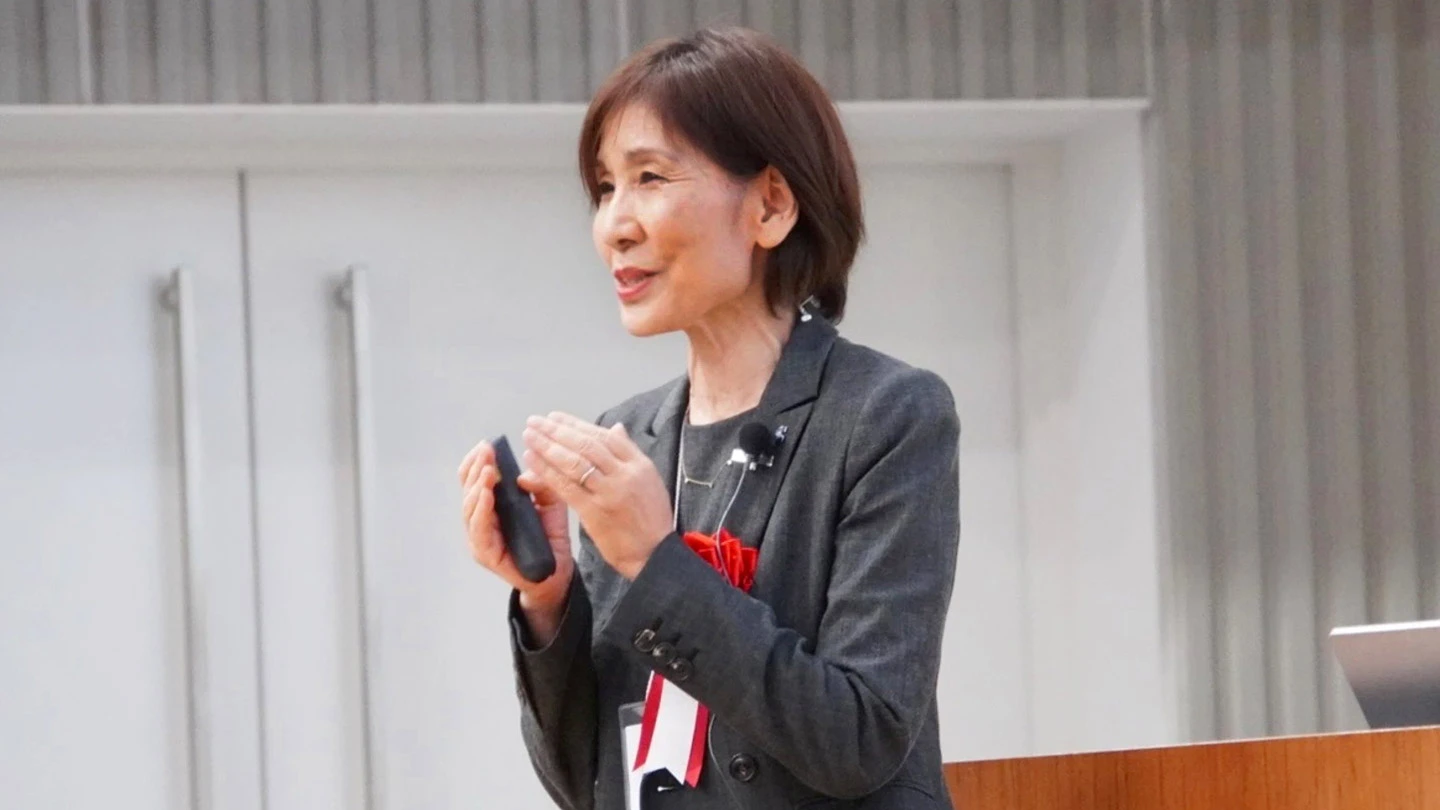
Health as the foundation of a fulfilling life
Fumihiko Ishikawa, professor, Graduate School of Medical and Dental Sciences
Professor Fumihiko Ishikawa of the Graduate School of Medical and Dental Sciences spoke about the forefront of medical-engineering collaboration under the VI: Total Health Design — Achieving the health and wellbeing of all. He introduced research that bridges basic and clinical sciences, including the development of disease prediction models using AI and data science, and studies linking oral health to overall wellbeing — topics directly connected to everyday life.
Ishikawa, a leukemia specialist, also discussed his collaborations with researchers in science and engineering to develop new drug delivery methods that combine nanomachine technology and RNA engineering to deliver medicines precisely to targeted bone tissue.
Throughout his talk, Ishikawa repeatedly emphasized the concept of “cross,” highlighting the importance of collaboration that transcends disciplines, generations, and national borders. He concluded with the message: “Staying healthy is the foundation for a truly enriched life and future. It is our vision that younger generations will look to the world and work together to support people’s health.”
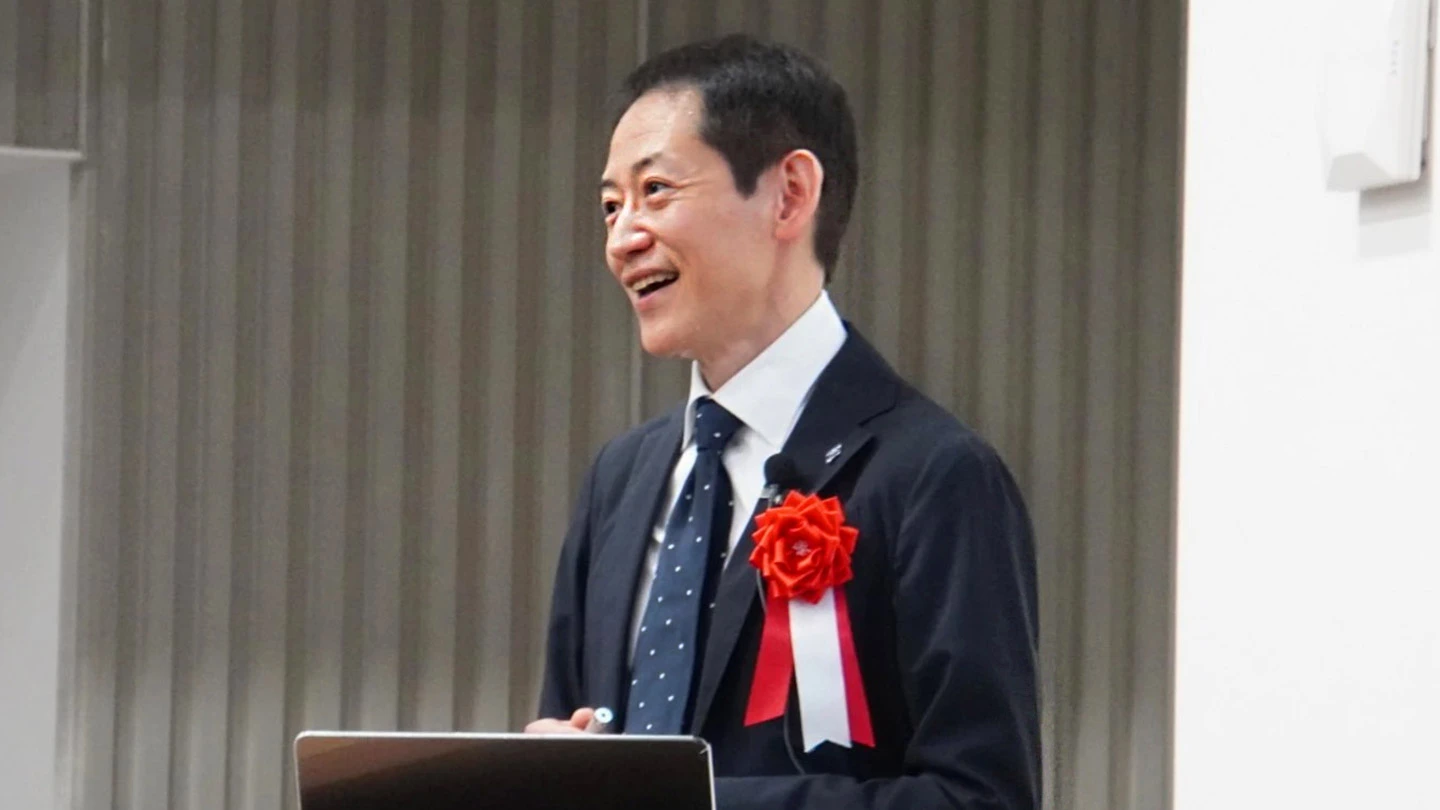
Connecting mind and body through co-creative science — toward a future of joyful aging
Junji Hirota, vice president for biomedical engineering
Professor Junji Hirota, vice president for medical engineering, delivered the presentation on behalf of Professor Kumi Kuroda of the School of Life Science and Technology, program director of the VI: Well-Vitality Science, who was unable to attend due to overseas commitments. He introduced research exploring the enrichment of both mind and body.
The Well-Vitality Science initiative addresses themes such as “joyful aging” and “the realization of diverse and fulfilling ways of living,” through collaboration among researchers in psychology, neuroscience, sports medicine, and the social sciences.
Under Professor Kuroda’s leadership, studies on mouse parenting behavior have identified the “transport response,” a reflex that sheds light on neural mechanisms controlling infant behavior. This research has led to the development of sensors that monitor infants’ heart rate and movement, offering potential applications in the early detection of sleep and developmental disorders.
Hirota also discussed the expanding scope of co-creation across disciplines, including joint studies between architecture and medicine aimed at designing healthy living environments, as well as behavioral research that integrates neuroscience and law. He noted that fundamental research on aging mechanisms, such as autophagy, is also advancing, demonstrating the potential of science to support “a society where everyone can live with vitality and joy.”

Creating a safe and secure future society — beginning on campus
Kei Sakaguchi, vice president for research strategy and planning, and professor, School of Engineering
Professor Kei Sakaguchi of the School of Engineering spoke about building future societies through digital-twin technologies developed under the VI: Innovative-Life Society — Cyber-physical spaces opening up new areas of life.
He explained how his team is developing a “mobility digital twin” that enables real-time monitoring and prediction of vehicle and pedestrian movement using sensors and cloud computing. This system has already been implemented on the Ookayama Campus, serving as a testbed for research addressing social challenges such as accident prevention, congestion mitigation, and support for people with limited mobility.
Sakaguchi also expressed his determination to drive technology “from research to implementation,” stating, “Researchers alone cannot change society. Collaboration with industry, government, international organizations, and people from all walks of life is essential. By implementing technology in society, we can improve people’s daily lives — this is our challenge.”
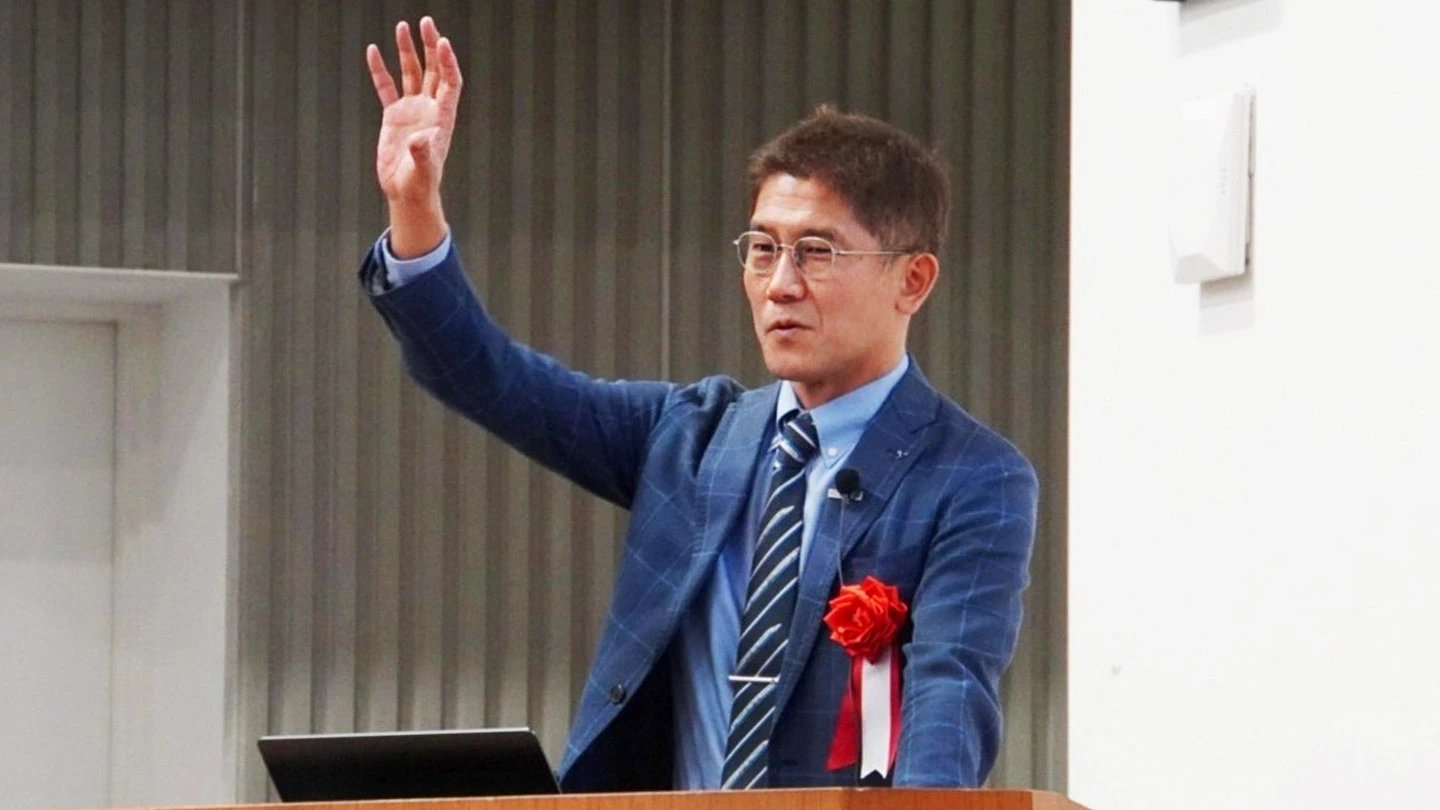
Frontier of co-creation connecting Earth and space
Yasuhito Sekine, professor, Institute of Future Society
Professor Yasuhito Sekine of the Institute of Future Society introduced frontier research conducted under the VI: Space Innovation — Developing sustainable space living zones. He explained that space development has entered a new phase, which he described as “Apollo 3.0” — a shift from simply reaching space to building sustainable societies beyond Earth. He highlighted how large-scale international projects such as NASA’s Artemis Program and the growing involvement of private companies like SpaceX and Blue Origin are rapidly expanding the global space industry.
Sekine emphasized that “space development is no longer a distant future” and showcased a range of interdisciplinary studies addressing both extraterrestrial and terrestrial challenges. These include utilizing Martian ice as an energy source, developing artificial photosynthesis for life-support systems, and applying biosensing technologies for remote healthcare.
He further discussed the fundamental questions driving his research: “Why do we go to space?” and “How should humans live there?” — questions that define the direction of Science Tokyo’s space research. Sekine also noted that many of the technologies emerging from space exploration can be applied to healthcare and welfare on Earth, and that collaboration with global partners is already forming a dynamic co-creation ecosystem.
Through these efforts, Science Tokyo aims to realize a society in which people can live, work, and thrive — both on Earth and in space.
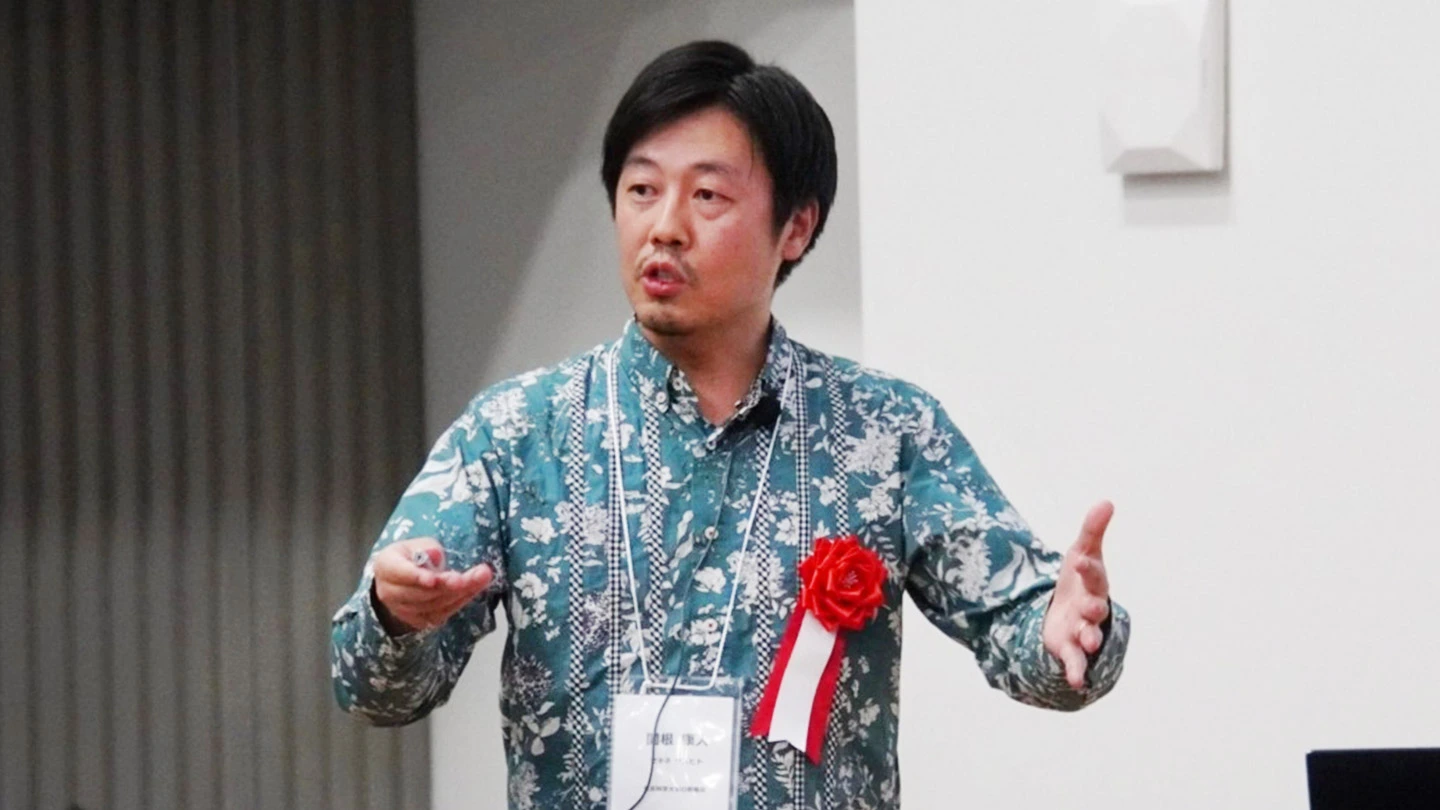
Supporting the planet’s future through energy transformation
Mika Goto, professor, School of Environment and Society
Professor Mika Goto of the School of Environment and Society joined the seminar online from Boston, where she was on an academic visit. She collaborates with domestic and international partners and pursues research addressing energy and environmental issues.
Under the VI: GX Frontier — Advancing cutting-edge science and technology to realize green transformation, Goto presented studies addressing global challenges such as climate change, renewable energy, and the restoration of natural capital. Emphasizing that “balancing economic efficiency and environmental sustainability is the key to a truly sustainable society,” she called for the integration of environmental value into social and economic systems.
Drawing on her expertise in energy economics, Goto introduced new models that link the economy and the environment, including utilization of distributed energy resources and electricity markets, integrating distributed energy resources, and applying V2G (Vehicle to Grid) technologies.
She concluded, “Our goal is to return research outcomes to society and build systems that properly evaluate environmental value. That is the future of green transformation we are striving for.”

Protecting lives and livelihoods through science
Tomoko Ishino, professor, Graduate School of Medical and Dental Sciences
Professor Tomoko Ishino of the Graduate School of Medical and Dental Sciences presented the vision of the VI: Resilience-Tech Society — Achieving a society resilient to disasters and pandemics — which aims to build a society that safeguards human life and dignity through the power of science. She defined resilience as the ability to minimize the damage caused by disasters and infectious diseases, mitigate their impact on daily life, and respond flexibly to changing circumstances.
Ishino emphasized the importance of science to reduce harm and support rapid recovery, acknowledging that it is impossible to completely prevent natural disasters or pandemics. She also stressed that infectious disease control cannot be achieved by a single nation alone and requires international cooperation. In this context, she introduced her collaborative work on malaria research with partners in African countries, including the analysis of infectious disease data and the development of microorganism detection devices.
Drawing on her expertise in malaria research, Ishino described how her team employs genetic-modification technologies to identify infection routes and vaccine target proteins, while developing a new vaccine that inhibits the movement of malaria parasites within the skin. She concluded with a strong statement of resolve:
“No life should be left behind in any country. Through the power of science and international collaboration, we aim to build global resilience.”

Discussion and closing
Lively discussions followed each presentation, with alumni and members of the public posing a wide range of questions.
In response to the question “How can the human mind be understood scientifically?”, Vice President Hirota acknowledged that it may remain “an eternal mystery.” He nevertheless explained the mechanisms of the mind from a neuroscience perspective, drawing keen interest from the audience in the scientific exploration of human inner experiences.
During Professor Ishino’s session, questions extended beyond malaria research and infectious disease control to familiar topics such as “Why do we see fewer mosquitoes in midsummer?” and “Could tropical mosquito species migrate to Japan?” Her explanation — linking genetic adaptation and climate change — sparked curiosity and admiration among attendees.
In the final general discussion, participants focused on how universities and society can collaborate to build the future together. Executive Vice President Hatano explained that, building on the concept of “creating the future together” presented in her talk, Science Tokyo is developing the Visionary Partners Program (provisional name) as a concrete framework to realize that vision.
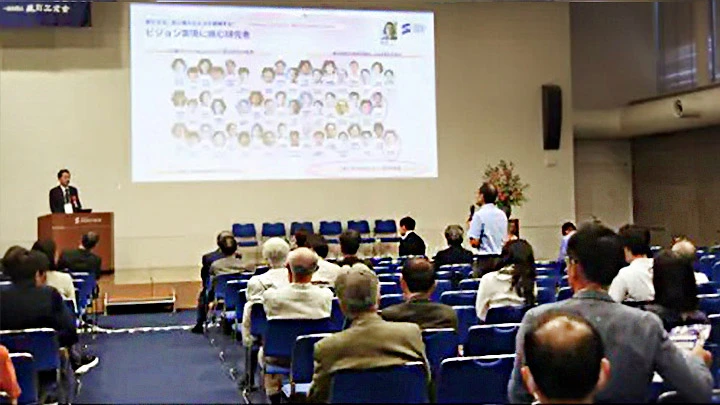
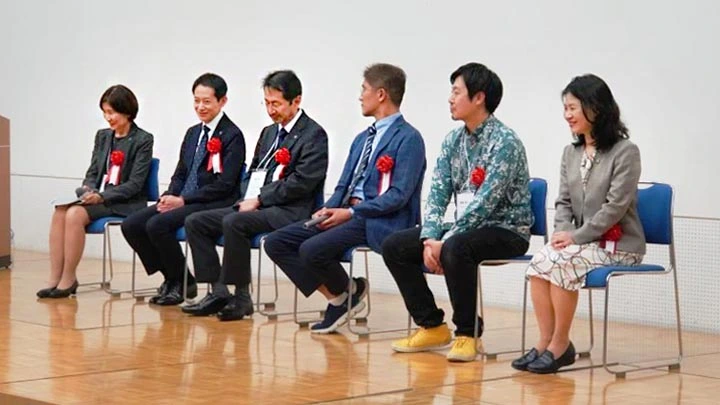
The seminar offered a vivid sense that the visions embodied in the Visionary Initiatives (VIs) are beginning to expand from the research community into society at large.
Science Tokyo will continue to co-create a better future in partnership with people across society.
Related articles
Realizing a better planet through fusion of diverse intellects
Program director interview
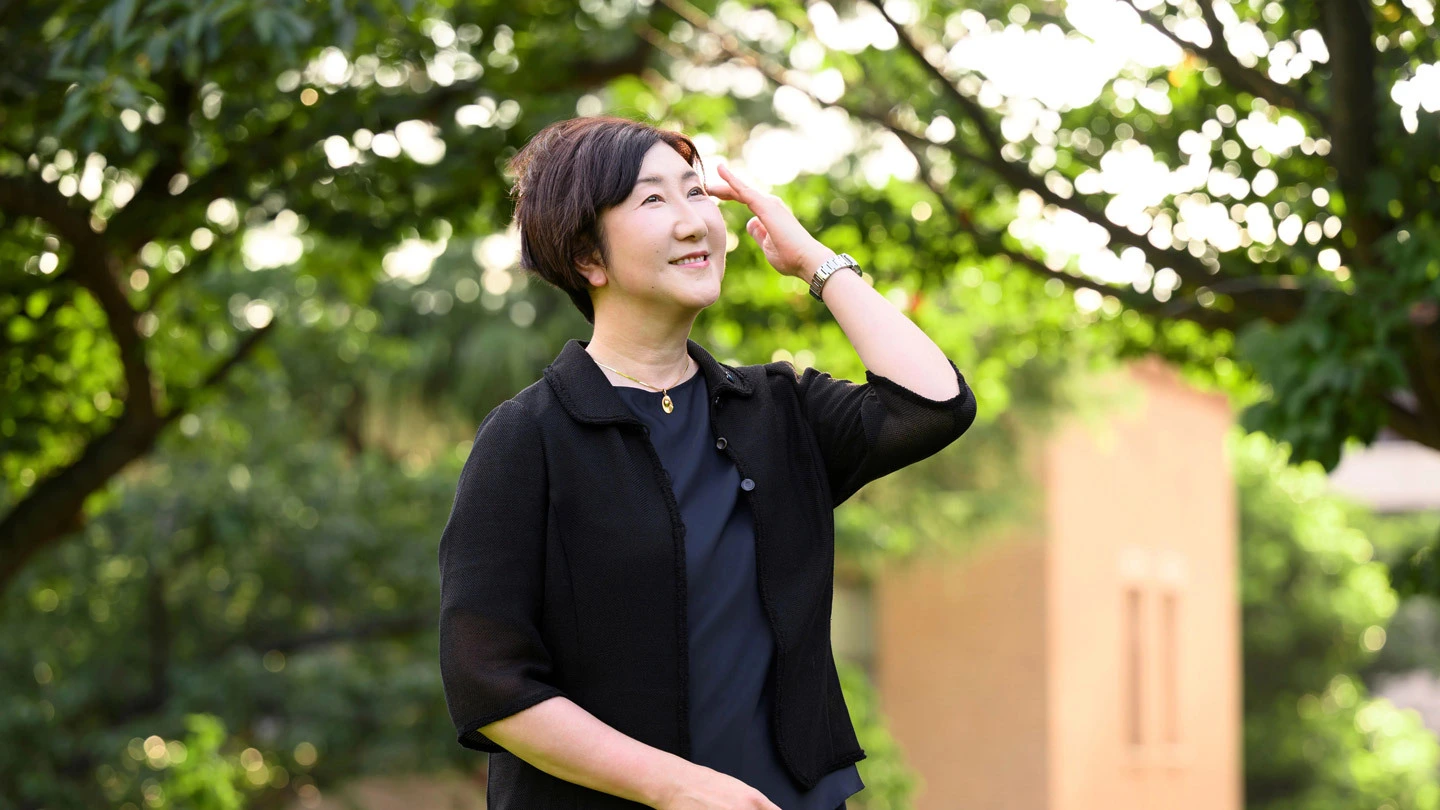
Creating a better society by connecting cyberspace and the physical world
Program director interview

Forging a better life ― Future carved out through resonance of medicine and science
Program director interview
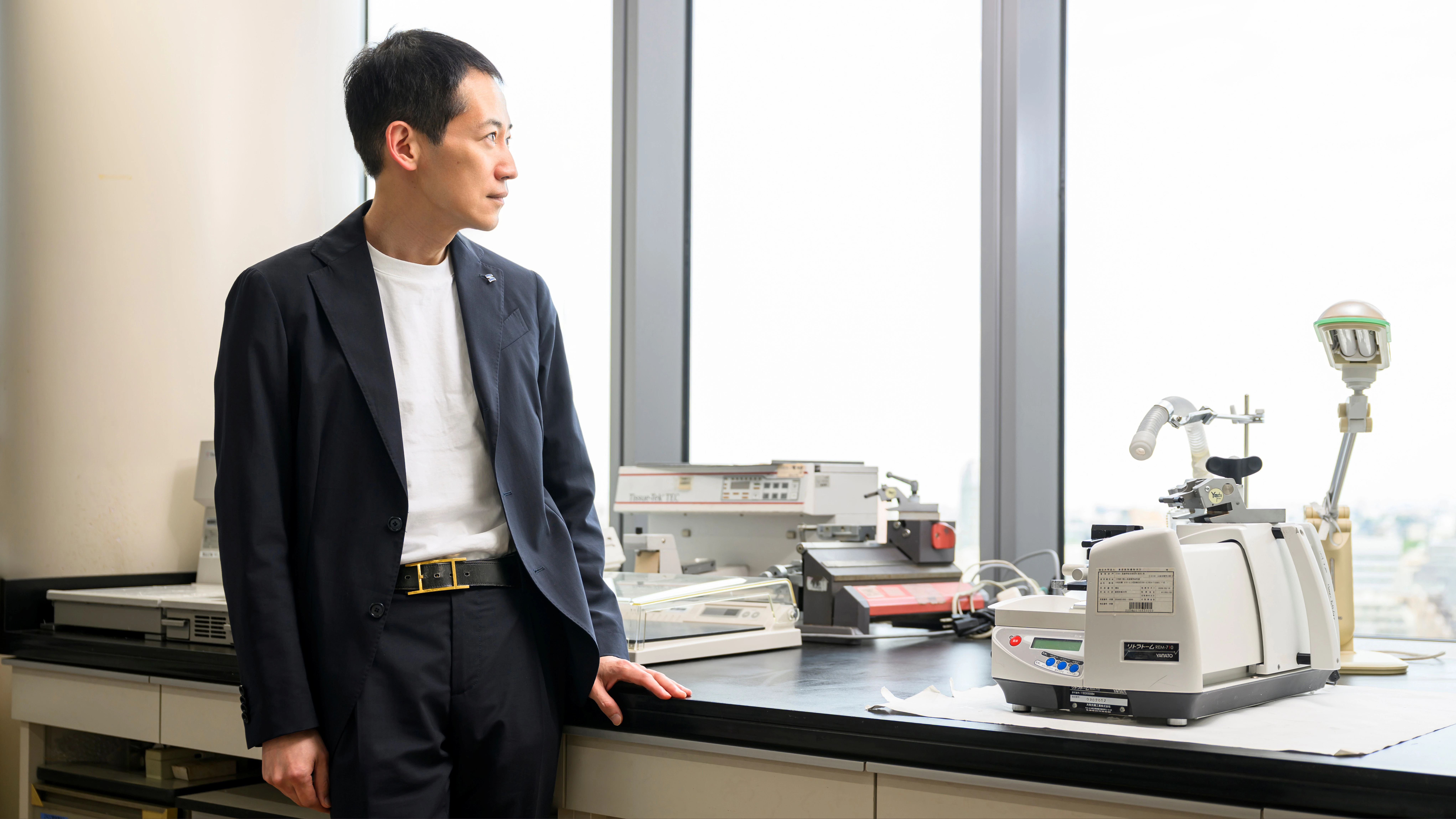
Contact
Research Support Service Desk

